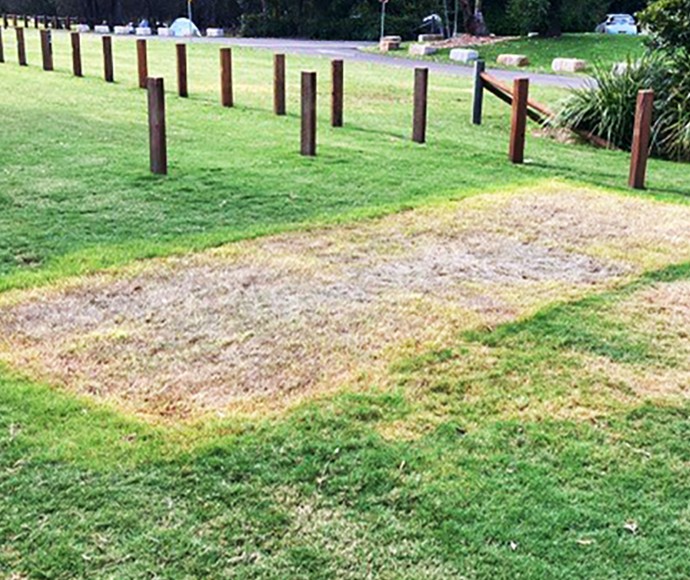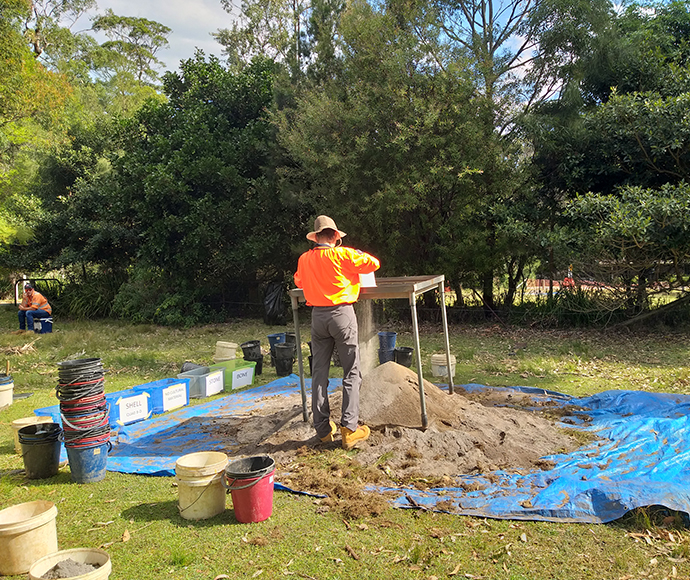Bookings are required and can be made online now or by calling the National Parks Contact Centre on 1300 072 757.
Please be patient when making a booking. During the first few months of operation capacity will be limited to ensure the new turf establishes well, and campsites may be rested to maintain grass cover.
Bonnie Vale campground has reopened with the following improvements:
- remediation of asbestos affected ground with new fill and turf
- provision of some powered sites
- a dedicated area for community and education groups at the western end for camping
- landscaping with new turf (4-6 weeks is required for proper establishment)
- planting, pruning and weeding
- existing mature trees to be protected
- installation of new shelters and barbeques with existing shelters upgraded
- upgraded parking, including accessible parking
- minor repairs to the road
- a new shelter for kayak storage will be provided.
Coastal protection works
Bonnie Vale is highly vulnerable to coastal erosion and inundation. Severe weather events earlier in 2020 led to the creek from Cabbage Tree Basin breaking through the north-western shoreline of the campground. Severe scouring has since occurred, and works to protect and stabilise the north-western section of the campground and the western portion of the day use area will be undertaken.
Temporary coastal protection works have been undertaken to address the urgent need to protect active foreshore erosion. Rock bags were installed along the north-western shoreline of the campground in January 2021. The existing sand-bag wall was extended further along the western end of the day use area (near the campground entrance) during February and March 2021. Additional works to both the rock-bag and sand-bag walls were undertaken in June and July 2021 to further protect the coastline. The rock-bag revetment wall has been installed to protect the low-lying site from storm surge and the changing conditions arising from the sudden and unexpected opening of the Deeban Spit which now directs water flow south across the Bonnie Vale shoreline. We are also investigating engineering options for more permanent protection of the shoreline.
Aboriginal cultural heritage at Bonnie Vale
National Parks and Wildlife Service, in partnership with Extent Heritage and the local Aboriginal community, undertook a series of archaeological excavations in October 2020 to uncover insights about the Dharawal people, the traditional owners of the Bundeena area, who have lived in and around Bonnie Vale for thousands of years.
You can learn more about this process and the importance of Aboriginal archaeology in the video below (courtesy of Extent Heritage).









